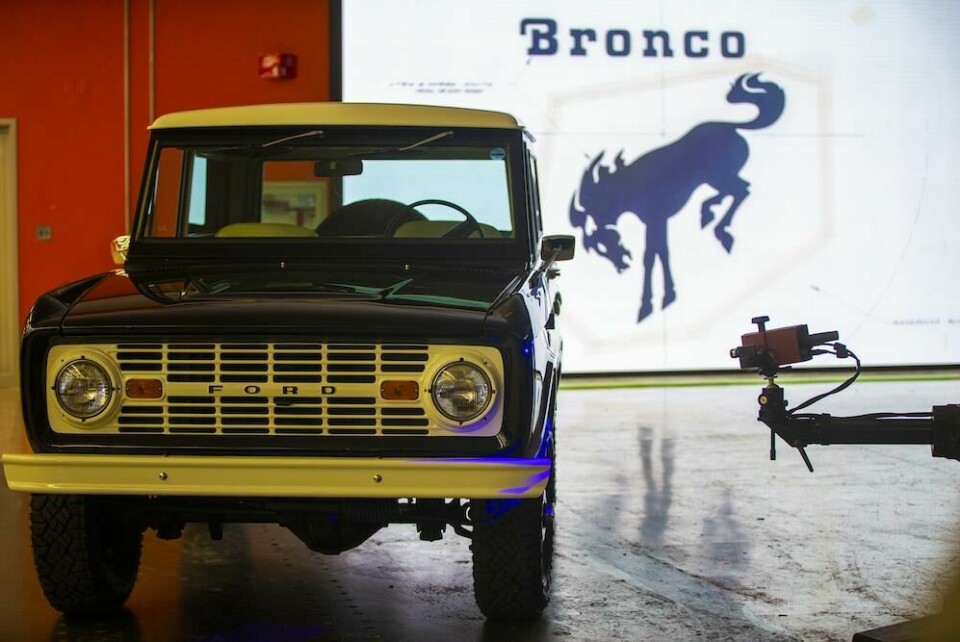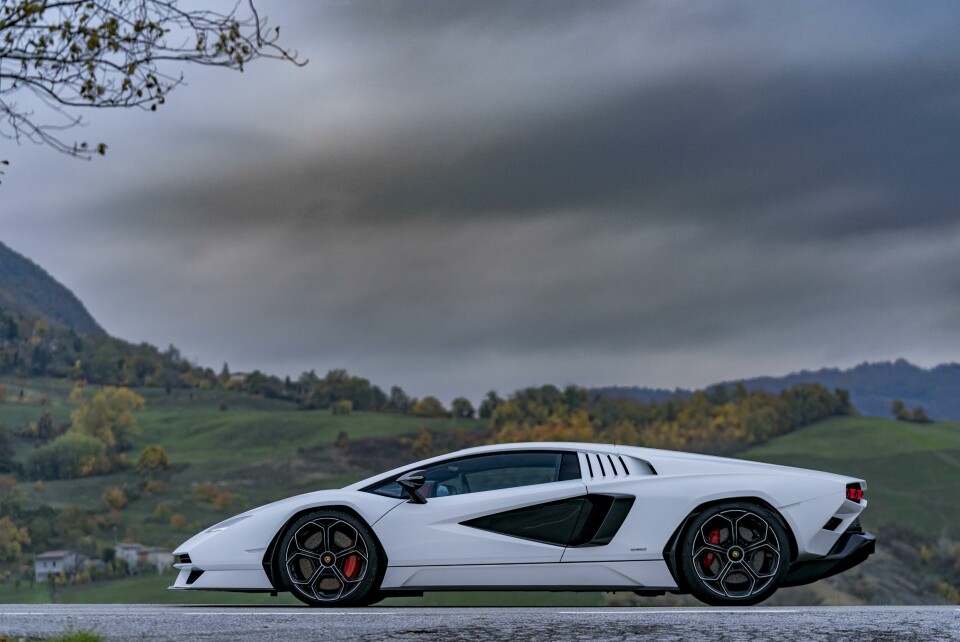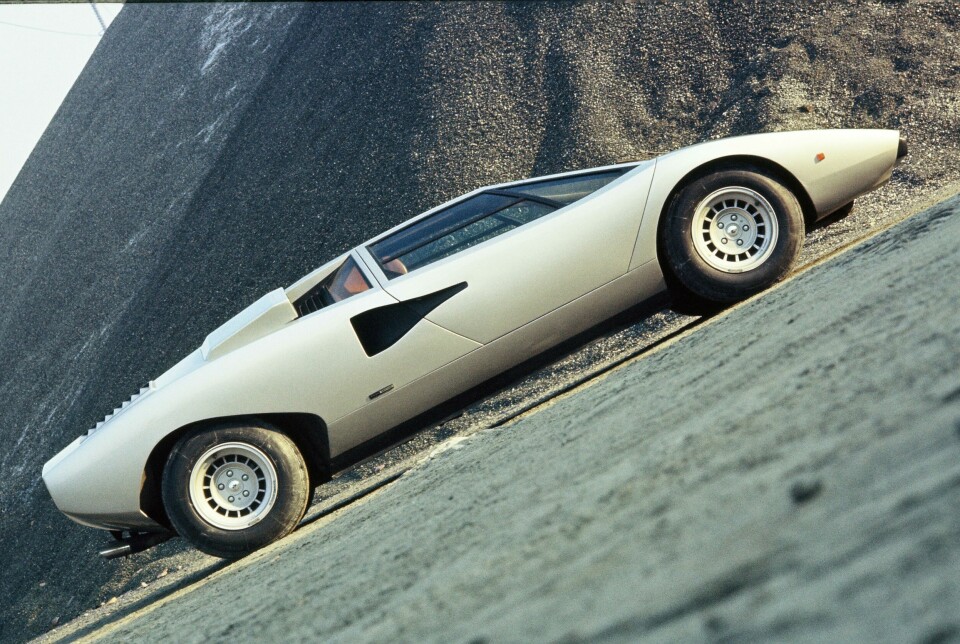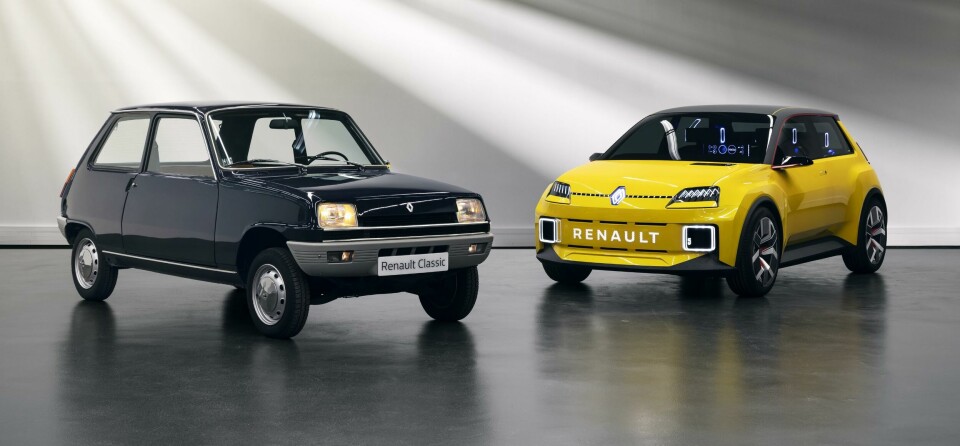
Heritage mining: car brands dig back into the past
As the industry charges into the future, an appetite for classic aesthetics remains. But is it lazy to draw inspiration from old icons – or with new brands coming out of the woodwork, should retro design be celebrated?
Emerging from the pandemic, you’d be forgiven for thinking the clocks had wound back to the 1970s. Lamborghini relaunched the Countach, Volkswagen’s successor to the Microbus was revealed and DeLorean was back in business. Elsewhere, a new Renault 5 was on show and Hyundai trotted out its homage to the 1974 Pony Coupe. As the car industry pumps investment into futuristic technologies, past successes continue to inspire.
The reality is that the trend has been on a rolling boil for some time. Consider the modern re-run of the Fiat 500 – now released again as an electric version – and the Honda e, referencing the original Civic and N360. But it is Hyundai that has led the charge with a series of retro-inspired concepts over the last 18 months or so: the ’80s-style Grandeur sedan, ’70s-inspired 45 concept (which evolved into the critically acclaimed Ioniq 5) as well as the N Vision 74 which immediately captured the imagination of the car design community.
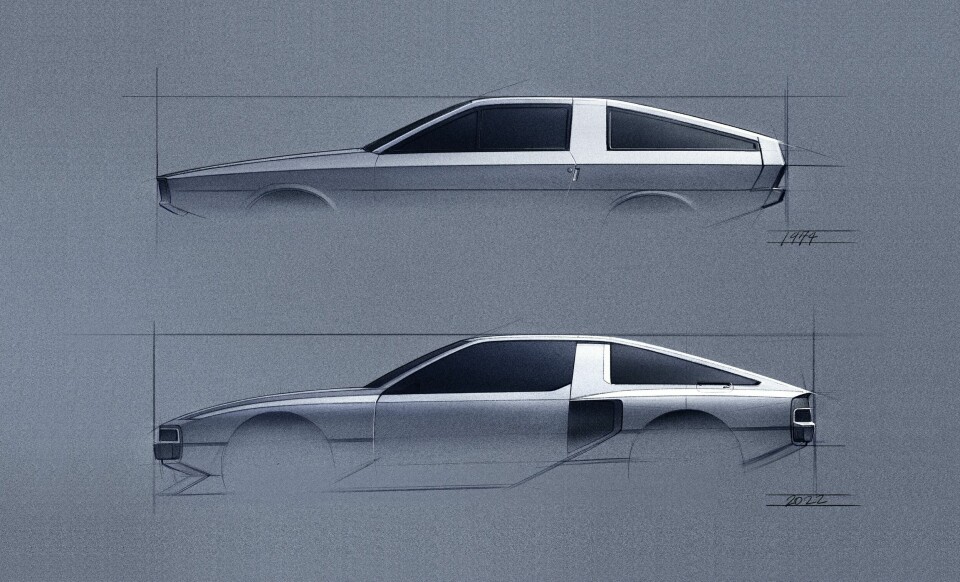
But for all this, designers are often hesitant to recognise the role of retro in modern design. In some circles, anything outside of new is old – and old design is dead. Hyundai’s design chief SangYup Lee refutes the idea that the N Vision 74, in particular, could be described as retro. It is “a completely contemporary statement,” he explains, based on his dream of bringing the original Coupe into production. A challenging narrative to get your head around, but if the designer says it is not intentionally retro, it must be taken without salt.
In some cases there is no option but to admit a design has drawn inspiration from the past – particularly if it is an explicit re-run of a classic model. The iconic Toyota Supra returned from a two-decade hiatus, the Ford Bronco was brought back under the banner of “heritage-inspired style” and the Renault 5 electric prototype couldn’t be anything but retro. Renault’s design director Gilles Vidal says it was about “finding the flavour of the original car you want to play with and pushing it into the future,” a strategy he describes as “retro-futurism.”
There are memories attached to them; the designs resonate
The motivation to “go retro” varies, but it often comes down to emotion. Iconic models of years gone by may be of little interest to today’s younger buyers, but many of these were ‘first cars’, dream cars or inherited family cars. There are memories attached to them; the designs resonate. “Every time we’ve shown the new Renault 5 concept, especially here in France, the reaction is: ‘Oh my god, this is the car I learned to drive in or crashed in, or had my first kiss in,’ so it gives us a very good feeling,” says Laurens van den Acker, Renault group design EVP.
Vidal suggests that, by combining old with new, a vehicle can speak to both the nostalgic and the practical. “You get the good memories and emotions from the past and integrate the most modern technologies to push it into the future,” he says. In the case of the 5 prototype, the “cheeky eyes” of the 1972 hatchback were replicated, while the charging flap is inspired by the original bonnet grille. Its wide hips and flared arches were also inspired by the Turbo variant – an icon in itself.
Is it mad to suggest that an entire portfolio be retro-inspired? Or is it about finding a balance, taking styling cues here and there – and even the odd relaunch. “There will be loads of electric cars in our future line-up, some of which could be futuristic and others taking a piece of history to create a ‘fall-in-love’ modern electric car,” says Vidal. “At this point in time, everything can co-exist. You can play around with your assets.”
And it is these assets that make the difference in a market saturated with similar designs. Marc Lichte, head of design at Audi, points to the original Quattro, which has continued to inspire generations of designs since. “The quattro muscles can be seen in various models over time, whether it is the Audi Sport quattro back in 1983, the RS 6 or now the all-electric e-tron GT,” he explains. “Because quattro is Audi and Audi is quattro. We will never give that up; we may change the interpretations, but we celebrate this heritage.”
A brand’s heritage should be leveraged where it makes sense
The Ferrari Icona SP3 Daytona, too, is inspired by the prancing horse’s track prototypes of the 1960s, with subtle nods to the ‘scratched’ body panels of the Testarossa. A “meticulously planned” strategy according to Ferrari, pairing the “stylistic language” of the 1960s with “undeniably original, modern forms.” Oliver Heilmer, head of design at Mini, says the futuristic Aceman concept was heavily inspired by the minimalist interior of the original Cooper. A brand’s heritage should be leveraged where it makes sense, he says. “You’d be a fool not to embrace it. But you need to find a different interpretation,” he explains.
Lighting, too, might be another avenue. The yellow hue of a headlight harks back to the rally-inspired cars of the ’80s, for example, and may not even register as ‘retro’ with many drivers. “We need to touch the past somehow, which can be done with technology,” says Heilmer. “But it won’t work on every project and with every vehicle’s character. It depends on what you want to achieve.” Digital cockpits create further opportunities, with retro design becoming an option and not the default. “If a customer wants to have a heritage or retro appearance, they can go for it. If they don’t, it can be different… more personalised.”
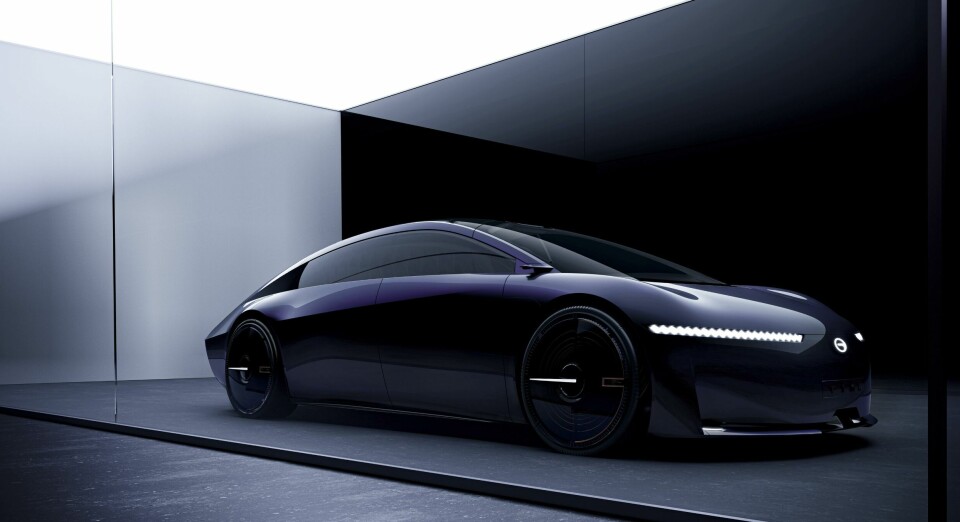
Indeed, designers must be selective and choose projects that make sense. “We have a lot of conversations within the design team about this,” Heilmer adds. “We saw the Renault 5 concept and asked: ‘what does this mean for Mini?’ We don’t have a 50-year gap between models, so for us it’s more about making evolutionary changes.”
Brand heritage becomes a competitive advantage against the slew of new start-ups with limited history behind them. This is not necessarily a criticism, more an unavoidable fact that leads most emerging players to favour futurism. Fan Zhang, design director at GAC, explains that not everyone has a back catalogue to rifle through. “With only 15 years’ history, we have nothing to be retro with,” he says. “We are already a modern brand so the only way for us is forward, not looking back.”
If you’re doing retro just to pay homage to the past, I don’t think that’s the best approach
Retro influences could instead come from broader design trends of the past. In the 1940s, for example, ‘streamliner’ aesthetics appeared as highways where cars could go faster more safely placed new demands on fuel economy and comfort. Zhang says that GAC’s Time concept, a super-sleek MPV, was partly inspired by the water drop-shaped silhouettes of this period and could be considered retro in that respect. “It all depends on whether retro can help your design,” he says. “If you’re doing retro just to pay homage to the past, I don’t think that is the best approach.”
Christopher Weil, head of exterior design at BMW, is of a similar opinion. “We’re proud of our history and look deeply into it. Nevertheless retro design is no option for BMW,” he affirms. “We’re always striving to develop our designs forward, of course by respecting and reflecting our heritage… but we should be curious about what the future will bring.” Perhaps a surprising stance for a brand with a century of designs under its belt, but understandable given its push for autonomous and electric vehicles. Marcello Gandini, the legendary designer of the original Countach, goes even further. In a statement issued in 2021, he distanced himself from the – in his words – “so-called” new Countach: “As far as I am concerned, to repeat a model of the past, represents the negation of the founding principles of my DNA.”
The peak of this discussion leads to the modernisation of old cars. If mass-market brands are less able to adopt retro design, the answer may rest in the burgeoning ‘restomod’ community. We are often told that ‘you cannot have it all’, but with classic aesthetics paired with modern tech, that might not quite be true. Most of these projects are enthusiast-led, often specialising in a particular model they have grown to love. In some cases, passion projects turn into serious businesses and officially-licensed coach-building efforts. Singer and Eagle E-type are two of the more obvious players, but retro design transcends super-rare classic sportscars.
Classics have no expiration date
One Italian firm is seeing great success with its take on the famously ridged Citroen HY van beloved of mobile food and coffee vendors, using modern Citroen Jumper platforms and totally redesigned exteriors. “It is about saving the old charm and bringing it to a modern vehicle,” affirms head designer David Obendorfer. In a way, restomods bring the best of both worlds: classic design and modern technology. Mass-produced cars will always sacrifice the former in favour of improved safety, performance and sustainability.
There are many engineering decisions that trump aesthetics, from the packaging of an electric powertrain to improved aerodynamics and the integration of various safety sensors. How the idea of retro ties in with all this might not be so black and white, and Audi’s Lichte even suggests that “fashionable” or “in or out” might be a more fitting descriptor. “Retro implies that things – like good design – only fit into a certain period of time and life. This is not my understanding or the Audi philosophy. We work on timeless, iconic designs that outlast the zeitgeist. Because classics have no expiration date.”

